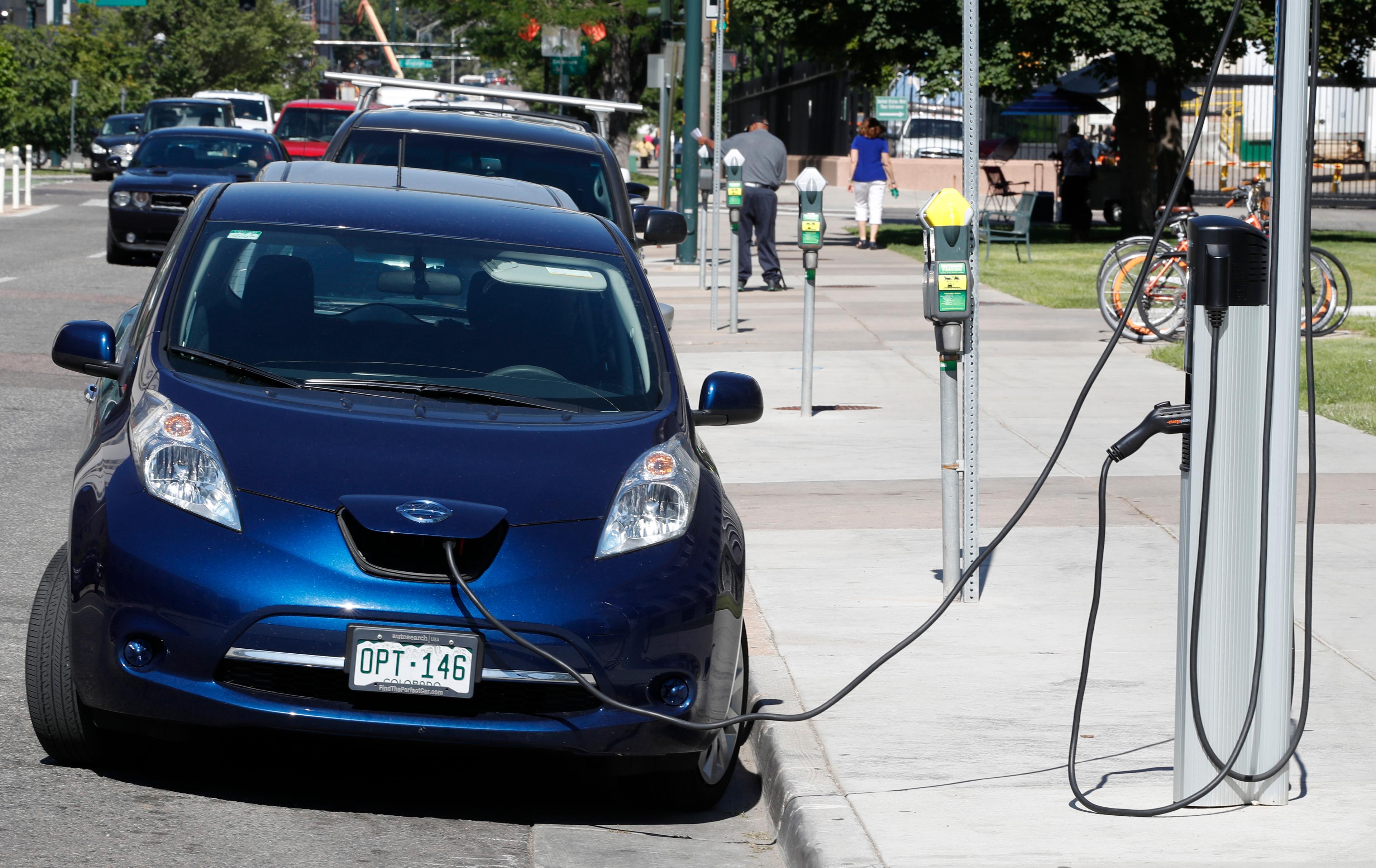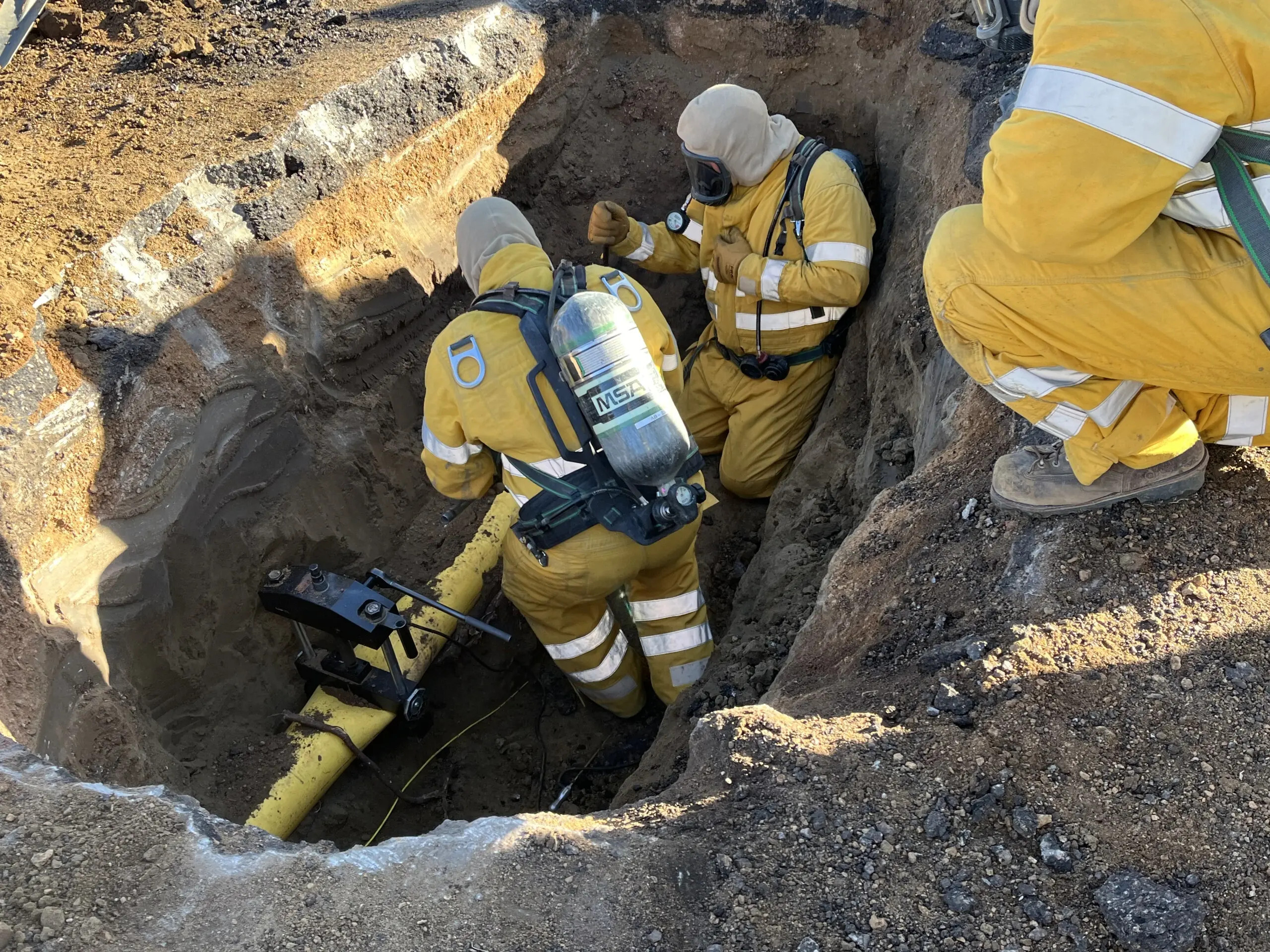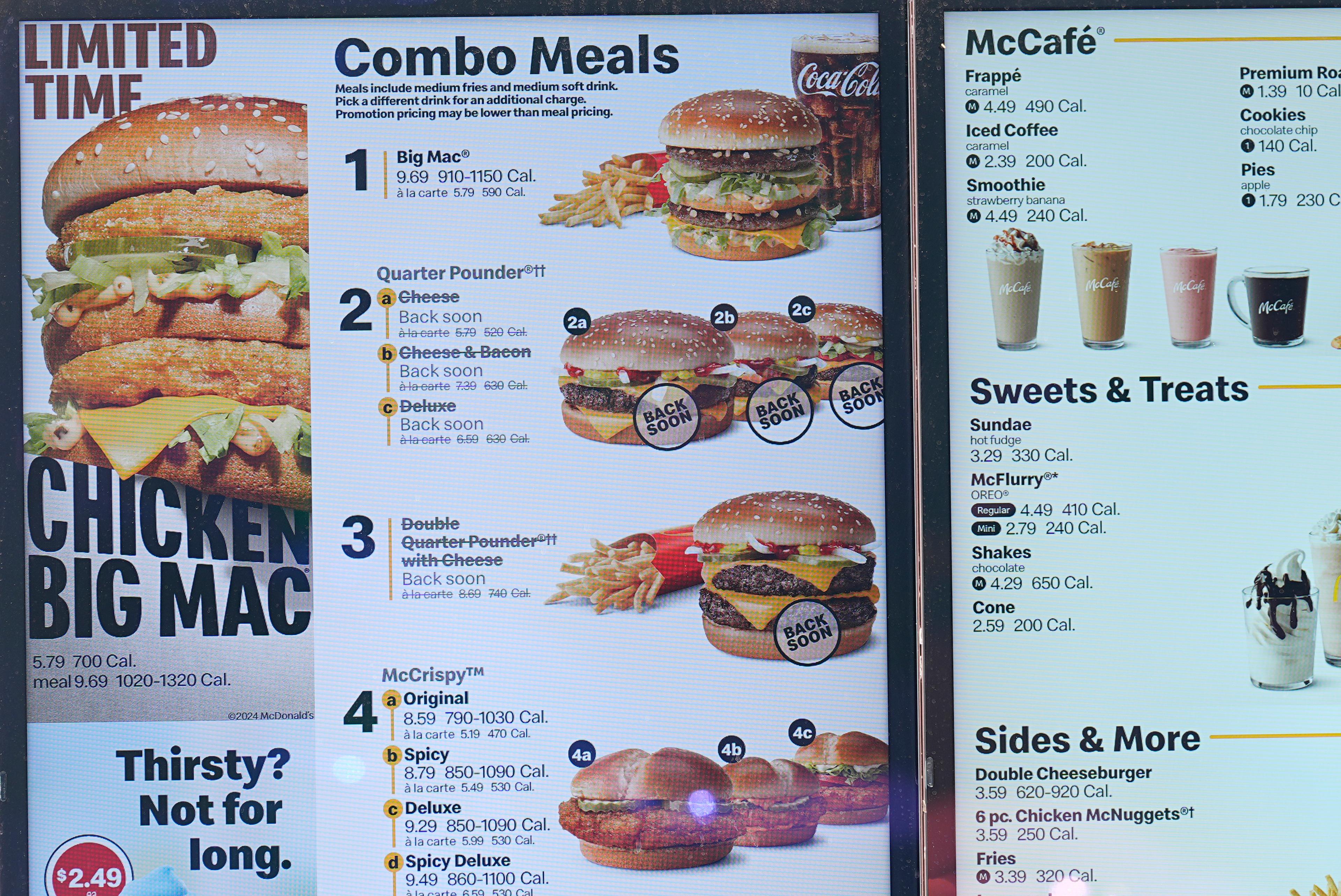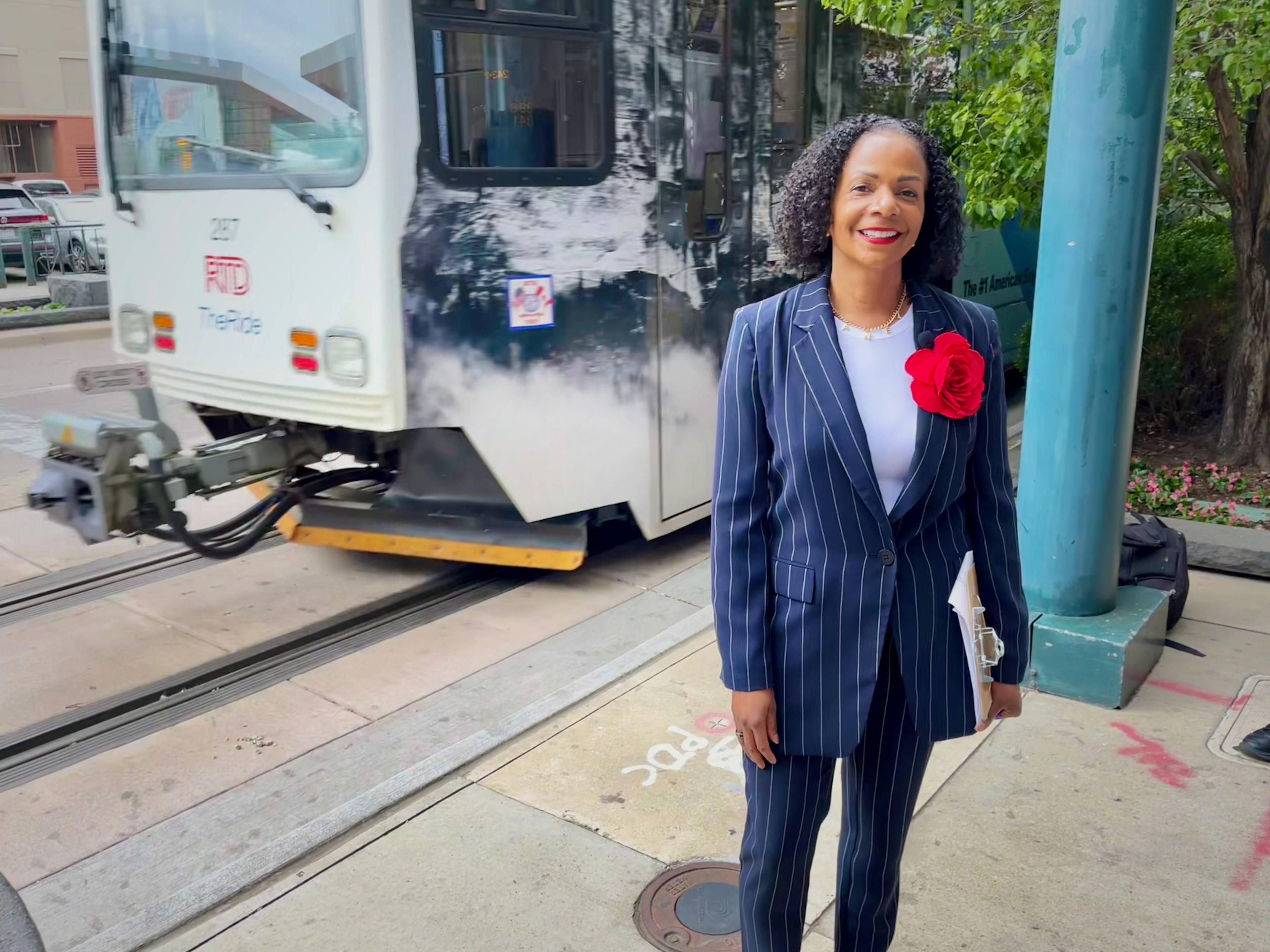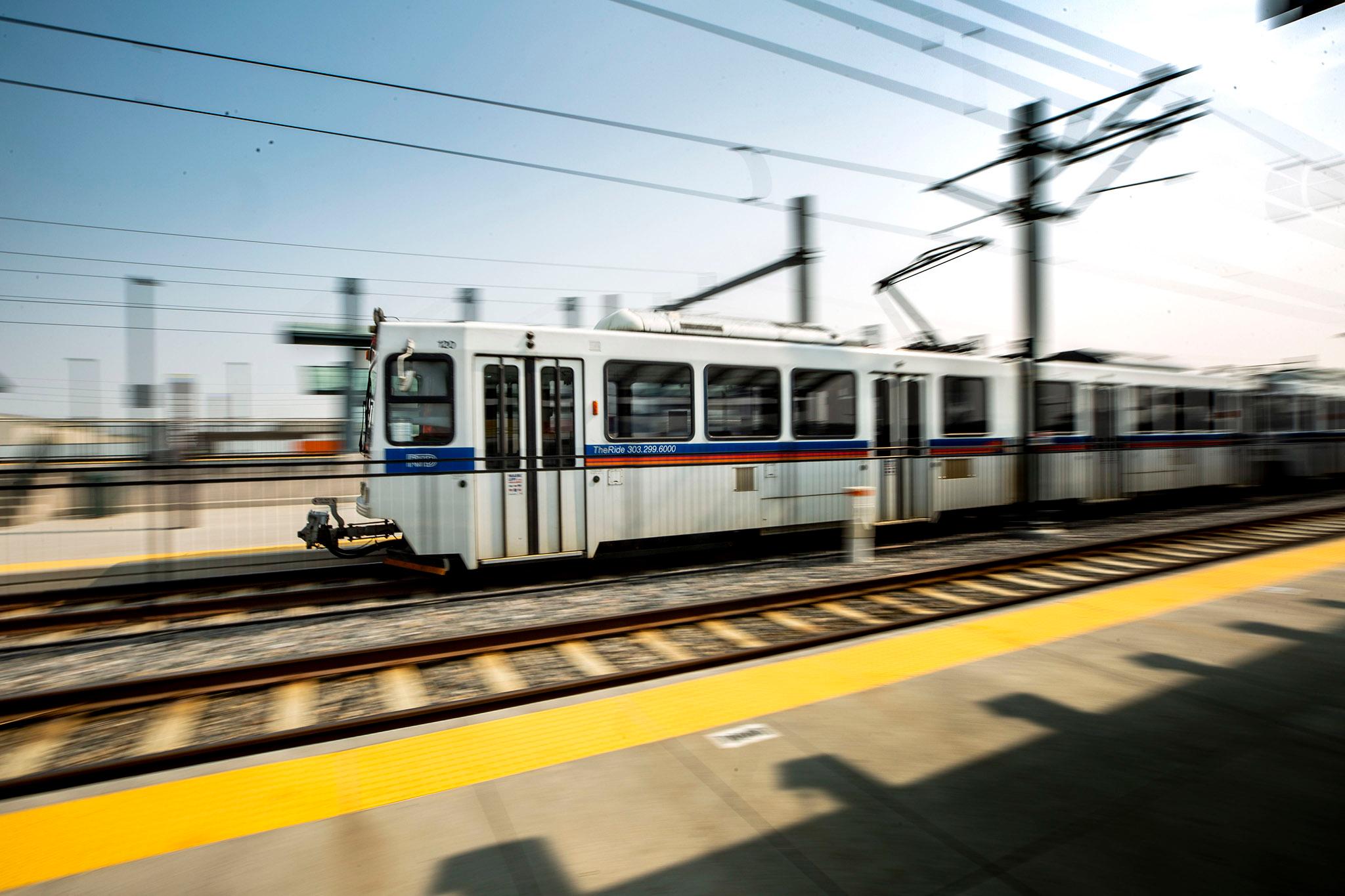
Update: The full RTD board approved the debt refinancing plan on July 26.
A Regional Transportation District board committee this week approved a debt refinancing plan that could save the Denver-area transit agency nearly $300 million.
The agency has been looking for ways to whittle away at billions of dollars in debt it took out to pay for the FasTracks rail system voters approved in 2004. Some of that debt took the form of certificates of participation, a type of debt Colorado governments use to work around the Taxpayer Bill of Rights or TABOR.
Now, RTD staff say they’ve received proposals from several banks offering to purchase new sales tax bonds with lower interest rates. The agency would use those proceeds, in conjunction with up to $95 million in cash and about $40 million from other sources, to pay off the certificates of participation. The move, which will go before the full RTD board later this month, could ultimately lead to about $294 million in savings over the next two decades.
“It’s a fantastic amount of savings every year,” Brenden Morgan, RTD’s senior manager of debt and investments, told a board committee on Tuesday.
RTD would use the remaining bonding authority granted by voters in the 2004 FasTracks election and dip into its cash reserves to help pay down debt. That sparked concern among some board members who worried about a possible economic recession depleting those reserves. But the agency’s CFO Doug MacLeod said the agency is in a good spot right now – it currently has $516 million in cash on hand.
“That’s not to say that we have so much money we want to be reckless with it,” MacLeod said. “But we do feel … that we are in a good position to meet our strategic plan and weather a recession.”
A few things have helped improve RTD’s short-term financial picture: The agency has collected more sales and use taxes than expected and has received millions of dollars of additional revenue from the 2021 federal infrastructure law. RTD also has $350 million remaining in federal COVID relief reimbursements from which it can draw.
The agency’s ongoing struggles to hire and retain drivers and mechanics, combined with other cost reductions, have also saved RTD $127 million in operating expenses in 2021, MacLeod said.
“Given that we have some money due to underspending the budget, it makes sense to put that to work,” said RTD board member Erik Davidson.
RTD is currently operating at about 70 percent of its pre-pandemic service level.
Even if the financial maneuver does result in big savings, the agency still faces long-term financial challenges, including the looming return of TABOR restrictions in 2025 that could limit its revenue by tens of millions of dollars a year.
Unless voters free RTD from TABOR through a “de-Brucing” vote, and unless RTD somehow finds new, consistent revenue sources, new analysis shows the agency will have limited or no capacity to add more service beyond 85 percent of its pre-pandemic level or make any significant capital investments. That includes any of the yet-to-be-built FasTracks rail lines that taxpayers have been paying for since 2005.
Any new tax increase for RTD would be politically difficult. So some board members have called for a gathering of local leaders to start building support for the agency.
“If we were to hold a summit, and rally around the realities of the RTD situation, it would be a good place to start with that political discussion,” board member Peggy Catlin said at a June meeting.

